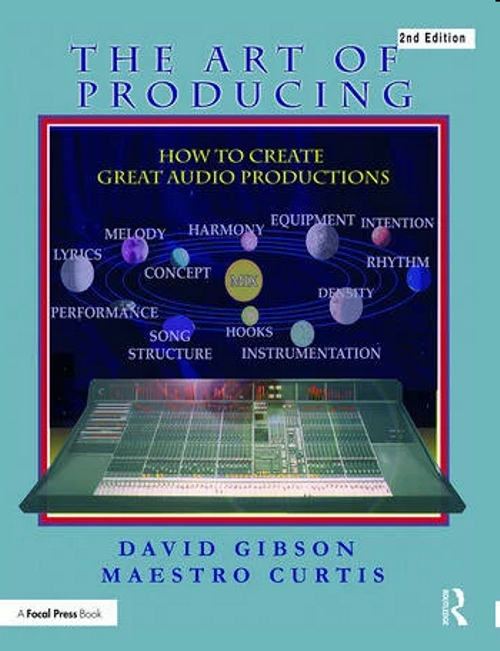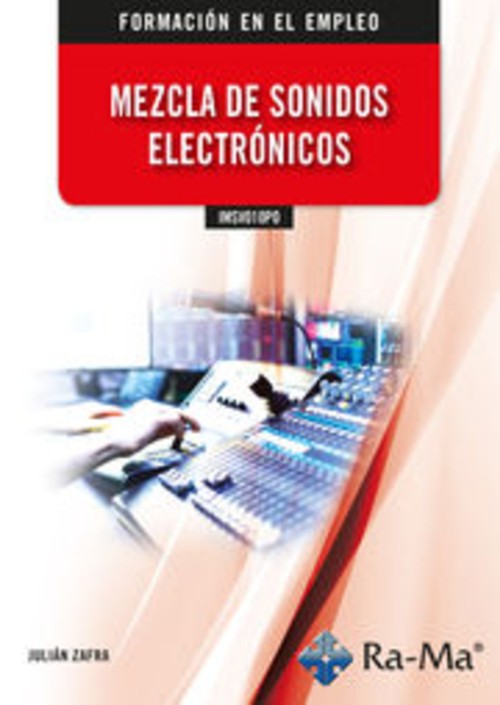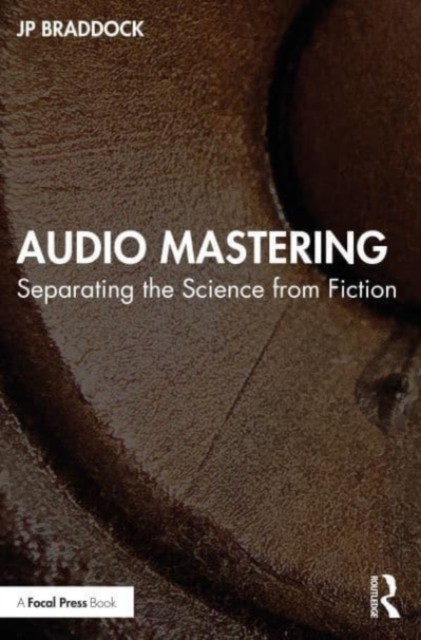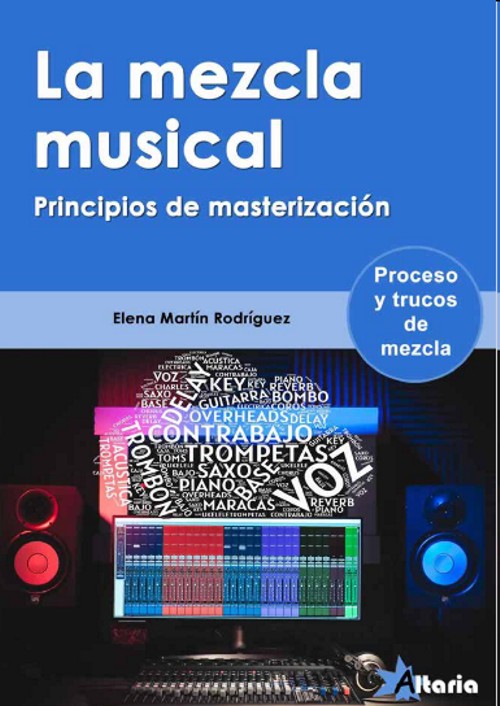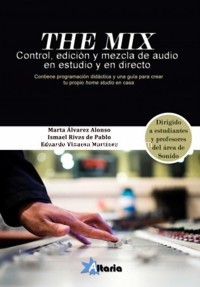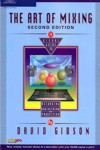
The Art of Mixing: Second Edition
Gibson, David
Thomson Course Technology. 2006Ficha técnica
- EAN: 9781931140454
- ISBN: 978-1-93114-045-4
- Editorial: Thomson Course Technology
- Fecha de edición: 2006
- Encuadernación: Rústica
- Dimensiones: 21,5x27,5
- Idioma: Inglés
- Nº páginas: XLIV+300
No disponible temporalmente
Disponibilidad sujeta a la información del editorPVP. 65,50€
Añadir a la Lista de deseos
David Gibson's runaway bestselling book The Art of Mixing has been revised and updated with even more examples of musical styles visually illustrated to reveal how sound looks in a professionally mixed song. With over 25,000 copies of the first edition sold, this revised edition is sure to provide even greater insight into how sound works in a three-dimensional field, helping you fully understand how to apply these techniques to your recordings.
Chapters include:
* Imaging
* Panning
* Volume
* Frequency and placement
* Masking - artificial and natural
* Orchestras
* Movement of sounds with volume, panning and EQ
* Fattening sound with delay and/or EQ
* Harmonics
* Flanging
* Reverbs and how to use them
Not a single stone is left unturned in this substantial, authoritative and comprehensive tutorial. Learn how to visualise sound in different ways, and how to achieve those visualisations within the three-dimensional stereo field.
CONTENIDO:
Introduction
The best of the color visuals
1. All aspects of a recorded piece of music
-Concept of theme
-Melody
-Rhythm
-Harmony
-Lyrics
-Density
-Instrumentation
-Song structure
-Performance
-Timing
-Quality of the equipment and the recording
-The mix
2. Visual representing of "imaging"
-Physical sound waves versus the imagined placement of sounds between the speakers
-The space between the speakers
-Visual representations of sounds
-Notes on design of visuals
3. Guidesto a great mix (reasons for creating one style of mix or another)
-The style of mix
-The song and all of its details
-Summary of section B
-The people involved: who's mixing this anyway?
-Values of the engineer
-Values of the clients
-Values of the mass audience
4. Functions of studio equipment and visual representations of all parameters
-Volume controls
-Equalizers
-Panpots and stereo placement
-Time-based effects
5. Musical dynamics created with studio equipment
-The dynamics in music and songs
-The dynamics created by the equipment
-Dynamics created by studio equipment categorized by emotional effect
-Volume control dynamics
-Equalization dynamics
-Panning dynamics
-Dynamics created with time-based effects
6. Styles of mixes
-Using combinations of multiple settings to create high-level dynamics
7. Magic in music, songs, and equipment
-Putting it all in perspective
8. 3D sound processors and surround sound mixing
-Effects
-Vocals
-Background vocals
-Drums
-Bass
9. Mixing procedures
-The mixing process
-Automation
Appendix A-D
Index


